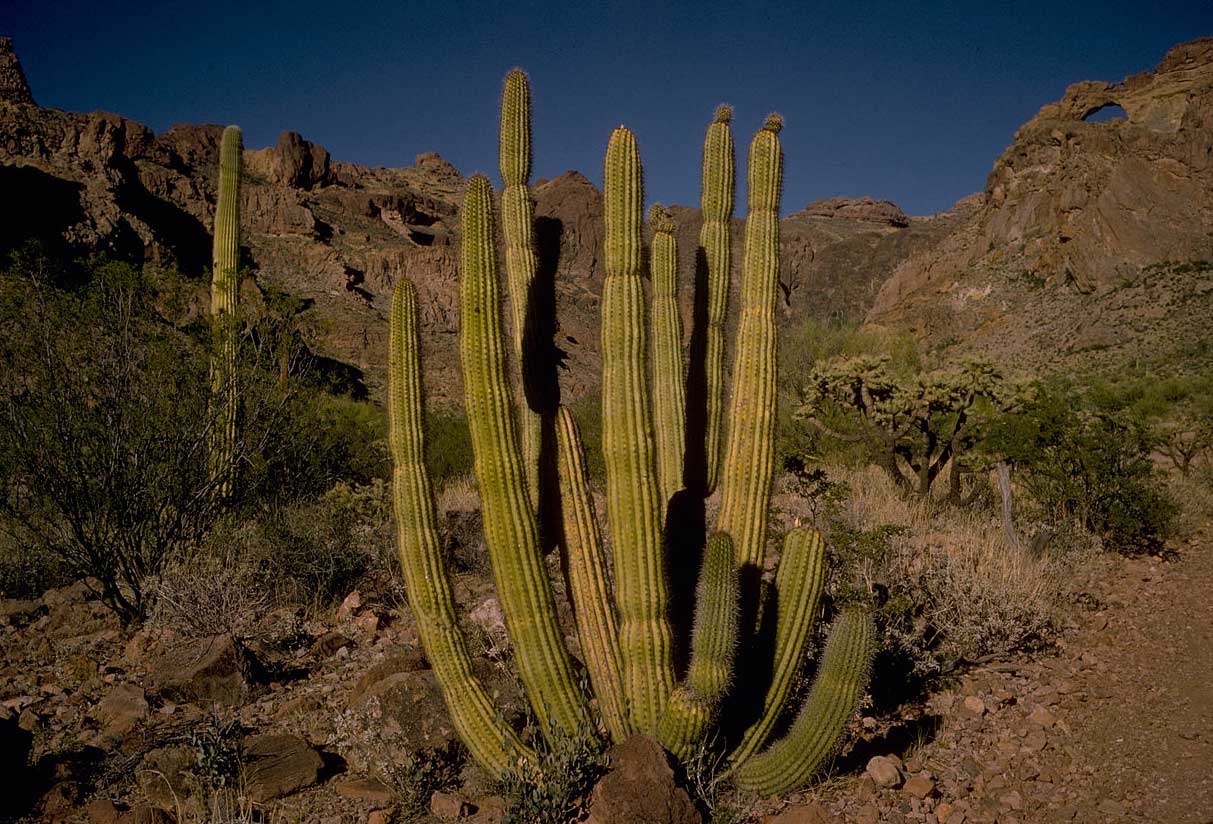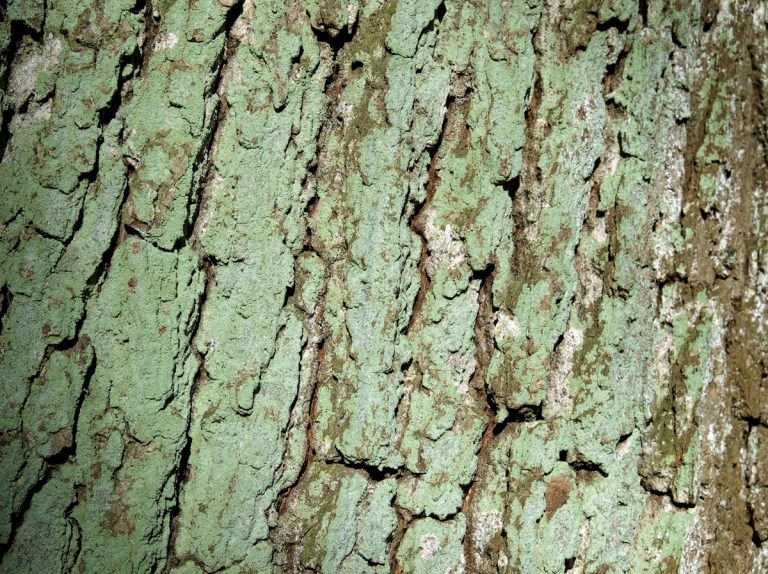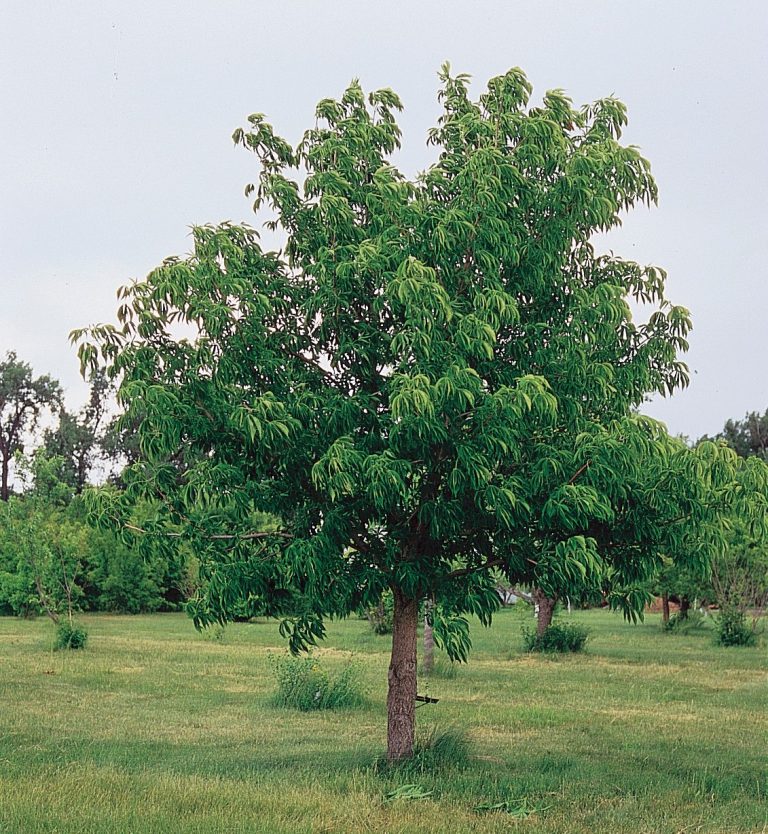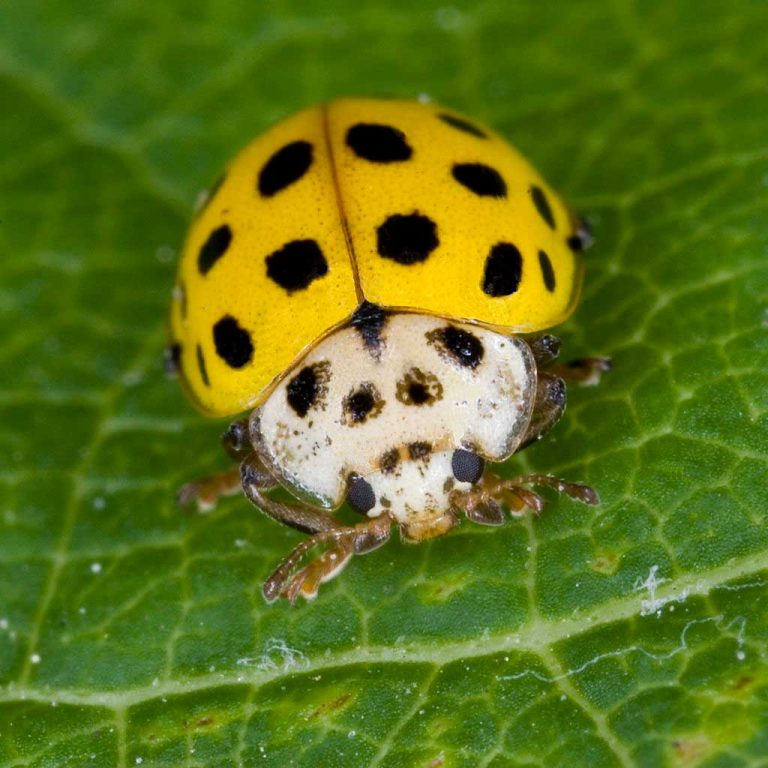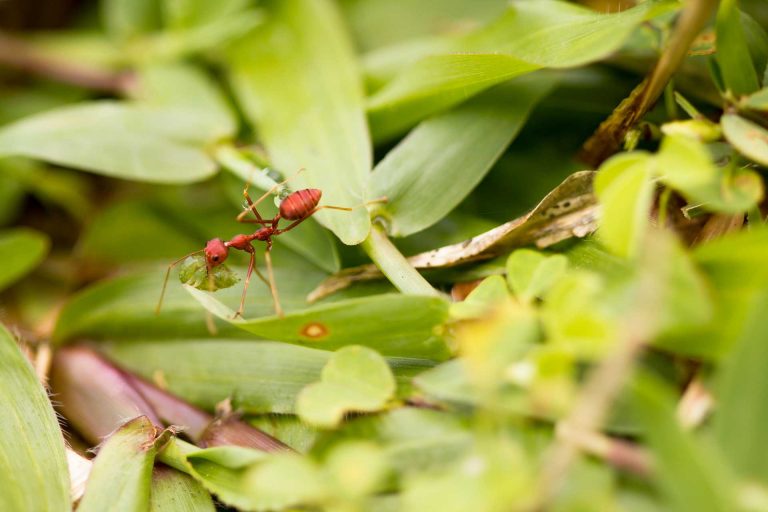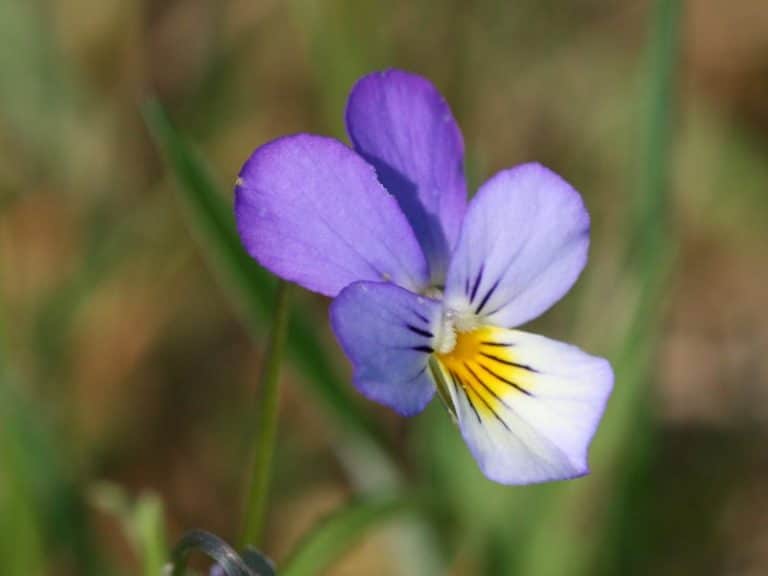Organ Pipe Cactus
Scientific Classification
| Kingdom: | Plantae |
| (unranked): | Angiosperms |
| (unranked): | Eudicots |
| (unranked): | Core eudicots |
| Order: | Caryophyllales |
| Family: | Cactaceae |
| Subfamily: | Cactoideae |
| Tribe: | Pachycereeae |
| Genus: | Stenocereus |
| Species: | S. Thurber |
| Binomial name: | Stenocereus Thurber |
The Organ pipe cactus plant, belonging to the genus Stenocereus, is also known as Pitaya Dulce, Sweet Cactus Fruit and Sweet Pitaya. This plant is a species of cactus and it originated in the dry and warm tropics. This plant has a multi-limbed growth habit, so it is very popular. To survive in drought and in heat, it stores water in its stem. When this plant matures, its root system absorbs any rain that falls. It grows as an evergreen plant. Next to the Saguaro cactus, it is the largest cactus plant.
Anatomy
The Organ pipe cactus plant has many narrow stems which rise vertically and above the ground level, growing from a single short trunk. These stems grow to a height of 16 feet and are about 6 inches thick. To reach at maturity, this plant takes 150 years. Its older plant produces flowers of funnel shape and these flowers are open at night and close in the morning. The flowers are pale lavender or white in color. This plant also produces fruits, and its fruits lose their spines at maturity. It ripens just before the rains of summer. Its flowers are pollinated by moths and bats at night and these flowers occur between April to June. The whole plant is covered in black spines, but as the plants get older they become lighter.
Habitat
The Organ pipe cactus plant is native to the United States and Mexico. It is found in Southern Baja California, Sonora and Rocky deserts. Organ pipe cactus National Monument is a UNESCO biosphere reserve and a U.S. National Monument, which is located in the extreme Southern Arizona and also shares a border with Sonora, the Mexican state. In the United States, this park is the only place where this plant grows wild. The park is very beautiful conservation in Southwest America. Its natural habitat is sandy, rocky and generally infertile and inhospitable.
Soil
The Organ pipe plant is slow growing and it prefers well drained soil. Gritty soil is also ideal for the plant. One part potting soil, one part sand and one part Perilite is good for the plant.
Planting
You can plant the organ pipe cactus plant in a container at home. It grows in hot and warm climate, where there is an appropriate room for a 26 foot tall plant. It is propagated by dividing Rhizomes, corms or tubers.
Watering
The organ pipe cactus plant requires watering in the early spring season. Over watering is not good for this plant. If planting is done in an unglazed clay pot, then it will allow excess moisture to evaporate.
Care
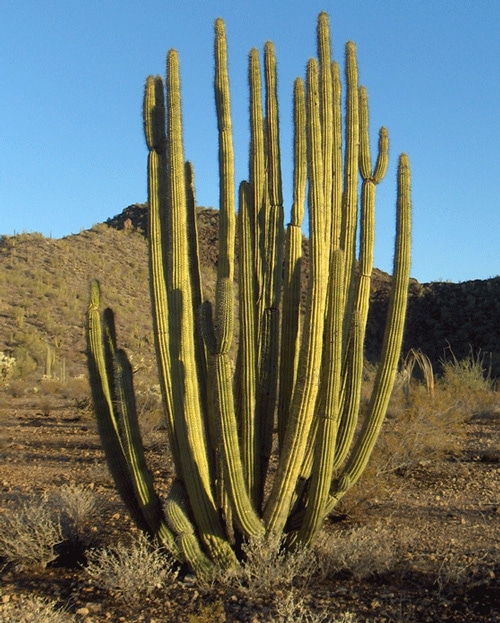
The Organ pipe cactus plant requires moderate amount of care and maintenance. It is very sensitive to frost. To conserve moisture and for preventing weeds, mulch of tiny rocks is ideal for the plant.
Temperature and Humidity
The organ pipe cactus plant requires an indoor temperature of 70 to 80 degrees Fahrenheit and full sunlight. If the temperature is below 27 degree F, then it might suffer from cold injury.
Pests and Diseases
The organ pipe cactus plant is attacked by pest like scale sucking insects. If the soil is poorly drained, then root rot disease also affects the plant. This disease causes the roots to die and the stems become mushy and brown.
Uses
The fruit of organ pipe cactus plant is used as a food source for Centuries. Its pulp can be eaten raw and is also used in the making jellies. This fruit is also fermented into beverages. The Organ pipe cactus plant provides shelter to many creatures of the Desert such as birds and insects and it is also able to render much needed shade.

Having discovered a fondness for insects while pursuing her degree in Biology, Randi Jones was quite bugged to know that people usually dismissed these little creatures as “creepy-crawlies”.

